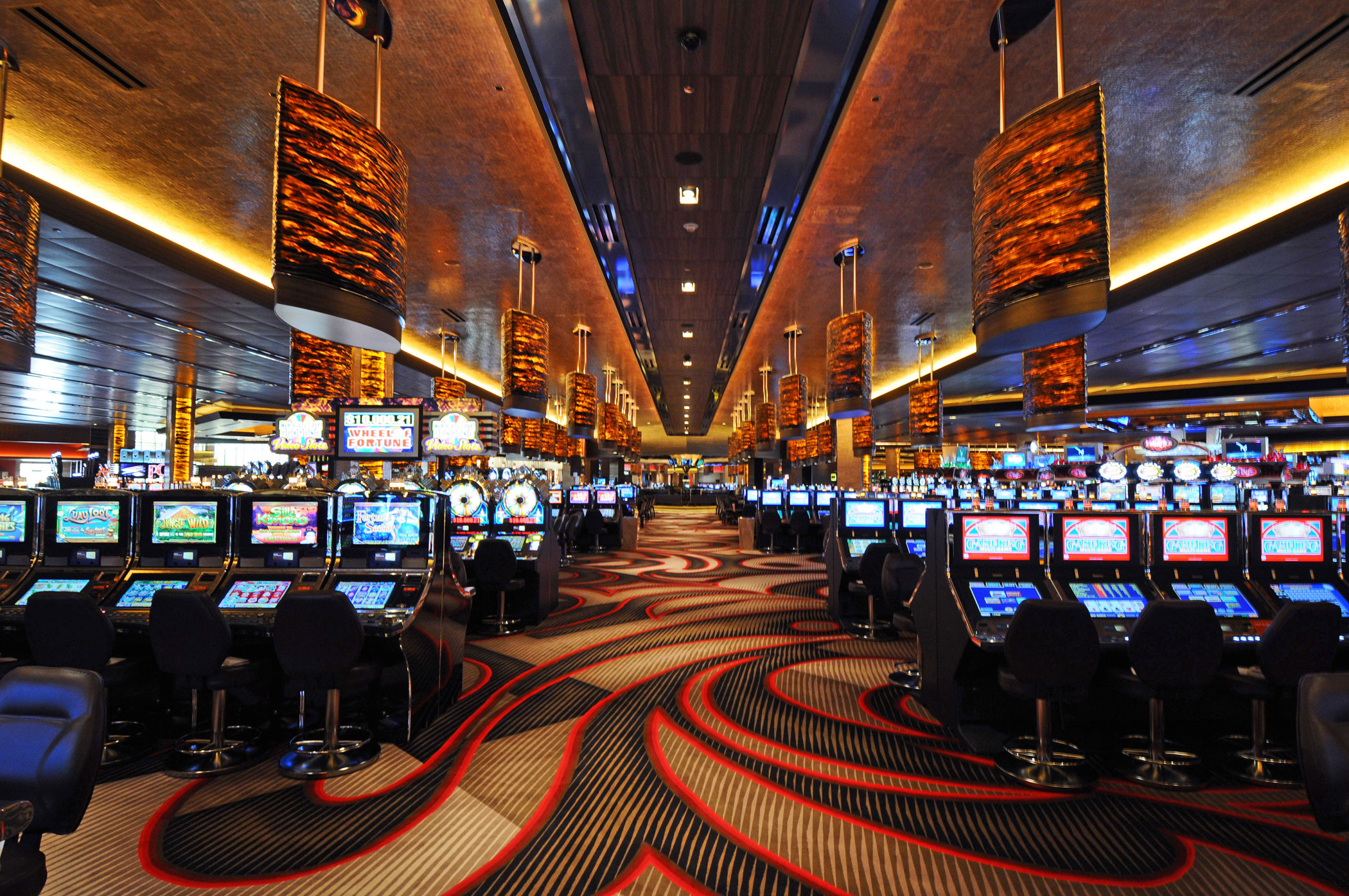The fascinating Psychological principles That drives Casino Game Design
admin
- 0
Casino experiences have long captivated people’s attention, drawing players into a world filled with luck, tactics, and the allure of excitement. Each game is painstakingly crafted not just for enjoyment, but also to inspire specific emotional responses that keep gamblers involved and committed. Understanding the motivations behind these designs reveals much about how psychology plays a key role in the gaming experience.
From the vivid lights and vibrant sounds to the complex layering of systems and payoffs, casino games are designed to create an atmosphere of thrill and expectation. Game designers leverage mental cues to influence gambler behavior, whether through the use of big prizes, almost wins, or community engagement. By examining these aspects, we can better appreciate how casino games fulfill not just a need for entertainment, but more profound psychological needs for adventure and hazard.
Grasping Gamer Behavior
Casino games are crafted with a thorough comprehension of player psychology, which is essential for drawing in and holding players. The excitement of the game, coupled with the anticipation of winning, produces a formidable attraction. Game designers utilize elements like sonic elements, vibrant graphics, and immersive gameplay to engage attention and elicit emotional responses. These sensory elements enhance the immersive experience, making players feel more attached in the game.
Another notable aspect of player behavior is the concept of risk and reward. Casino games often balance high-stakes situations with the potential for substantial rewards, which can cause the occurrence known as near-miss phenomenon. When players come within reach to winning, the brain produces dopamine, bolstering their behavior and motivating them to persist playing in search of that fleeting win. This cycle of wish and letdown plays a critical role in how games are designed and advertised. https://hm88.black/
Lastly, social elements also play a central role in player behavior at casinos. Many games are crafted to be played in teams or with other players, fostering a sense of community and shared experience. The social interaction inherent in games like blackjack enhances enjoyment and can lead to prolonged gaming periods. Designers capitalize on this by crafting environments that prompt players to stay, socialize, and come back, making the overall casino experience more inviting.
The Role of Visuals and Audio

Visuals and audio play a vital role in improving the player’s experience within casino games. Designers utilize bright colors, eye-catching graphics, and engaging animations to grab gambler’s attention and hold their interest. The use of themes, such as exploration or opulence, helps create an engaging atmosphere that takes players into a different world. By appealing to the senses, these elements add to a heightened emotional response, encouraging players to interact more profoundly with the games.
Sound design is equally important in enhancing the experience of casino games. The combination of ambient music, sound effects for winning combinations, and ambient noises creates an auditory landscape that holds players fascinated. Sounds associated with wins, such as ringing bells or festive music, evoke feelings of excitement and reward, encouraging players to continue playing. These audio cues are strategically placed to enhance the thrill of the game and create a more immersive experience.
Moreover, the synchronization of imagery and audio is important for supporting the game’s overall concept and mood. Each element should coordinate seamlessly to create a cohesive experience that pulls players in. The effective use of this integration not only enhances user satisfaction but also boosts the likelihood of repeat play, as players become more engaged in the immersive world that the gambling games offer. This thoughtful combination of visuals and audio ultimately enhances player engagement and loyalty.
Incentive Structures and Engagement
The design of gambling games greatly relies on incentive structures to ensure players engaged and returning for additional experiences. These structures are rooted in psychological principles that take advantage of human nature and desire. Players are often driven by the excitement of success, which is supported by immediate feedback through the game’s mechanics. This instant gratification not only improves the gaming experience but also cultivates a sense of success, prompting participants to keep participating in hopes of bigger gains.
Gaming establishments adopt various reward structures, such as jackpots, bonuses, and increased rewards, to engage players. These features create a layer of thrill that sustains interest. Additionally, the unpredictability of outcomes plays a significant role in sustaining attention. The variable reward system, where successes are random but happen often enough, keeps participants on edge and driven to continue participating. This loop of anticipation and anticipation is foundational to the effectiveness of casino games.
Moreover, social elements, such as tournaments and collaborative options, boost the engagement factor by tapping into the competitive nature of players. The shared experience of playing with others can intensify the thrill of winning and create a sense of community within the gaming space. By combining these community elements with effective incentive structures, casino games not only provide fun but also nurture a stronger connection among players, reinforcing their commitment to the gaming experience.